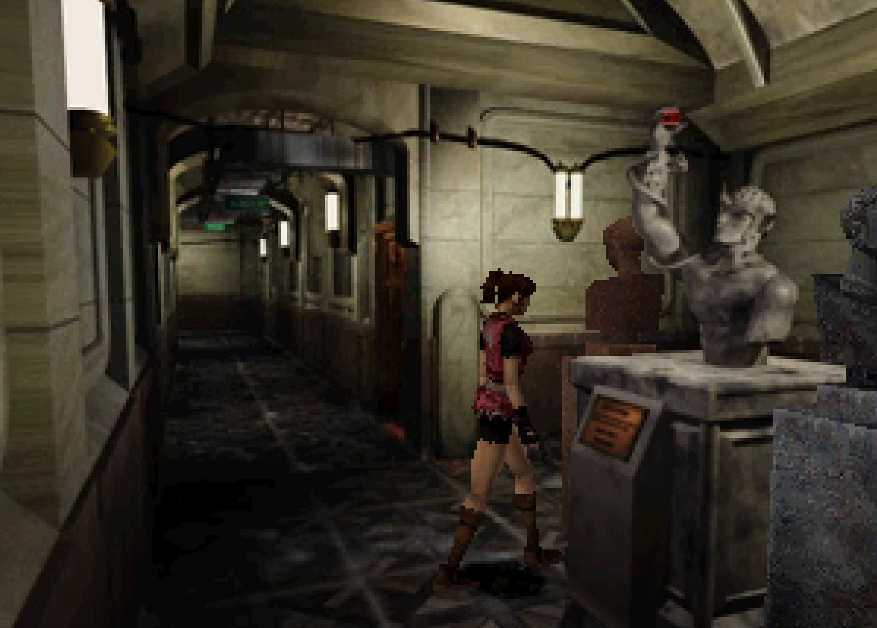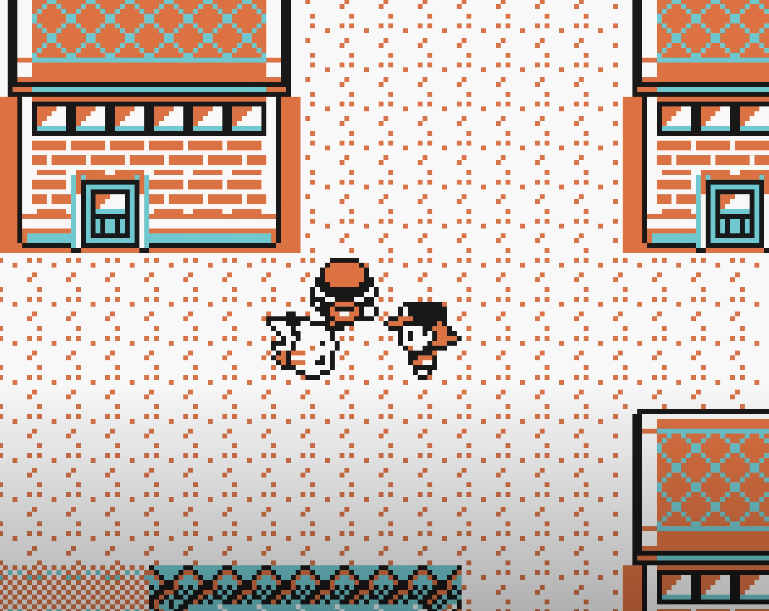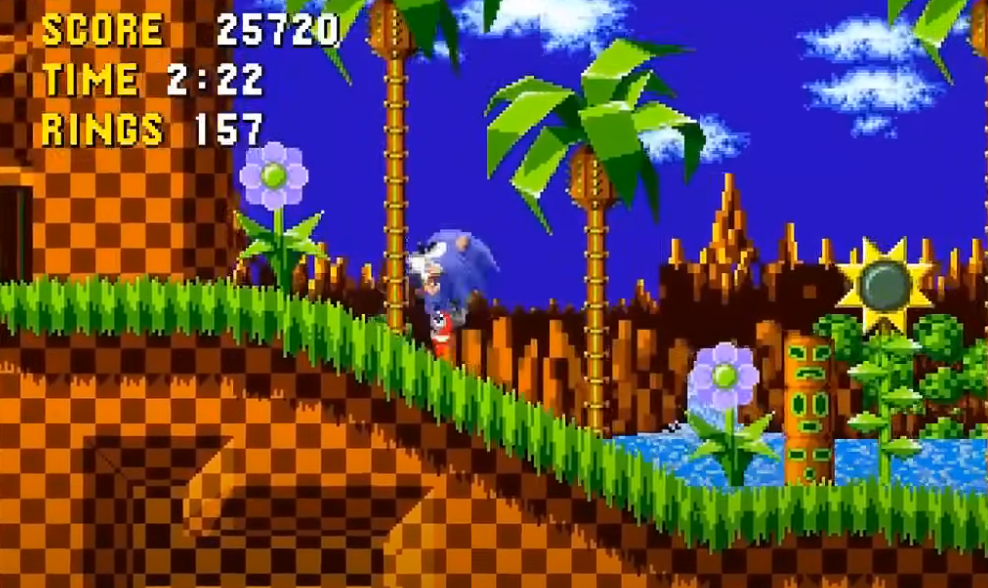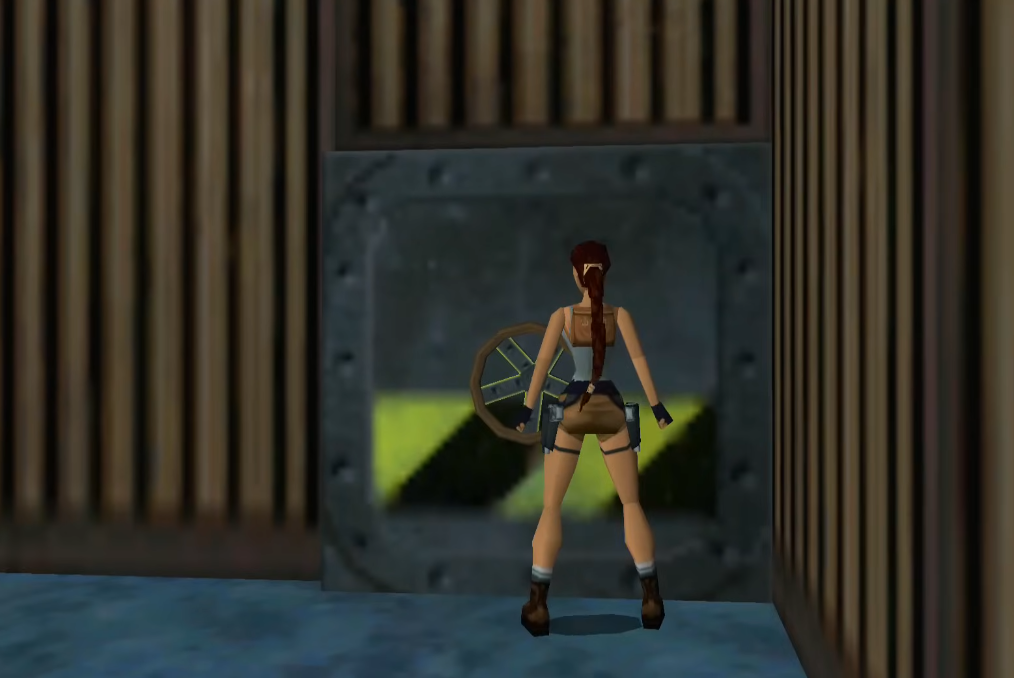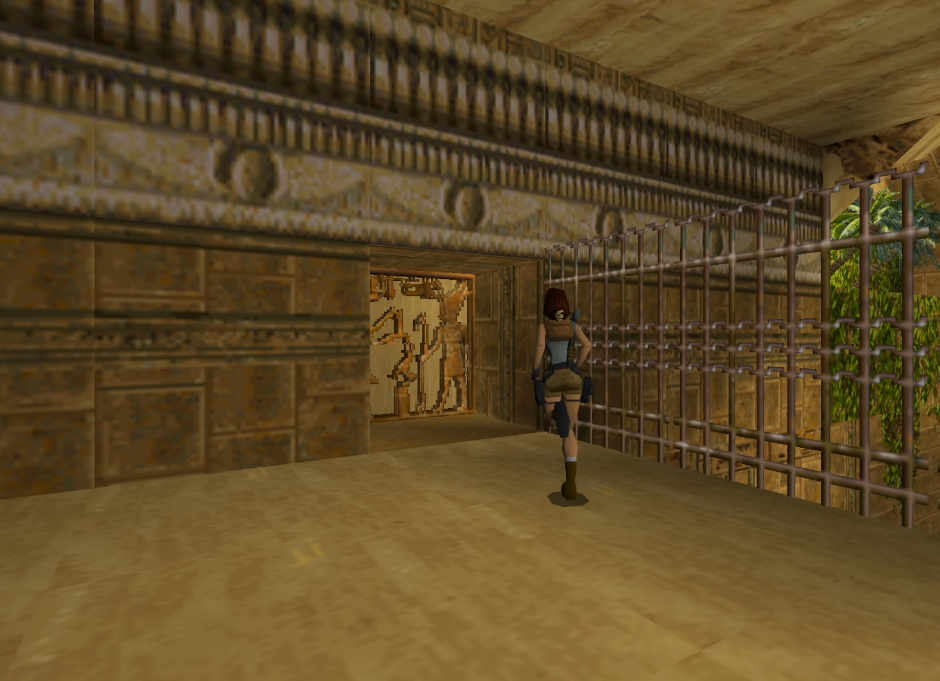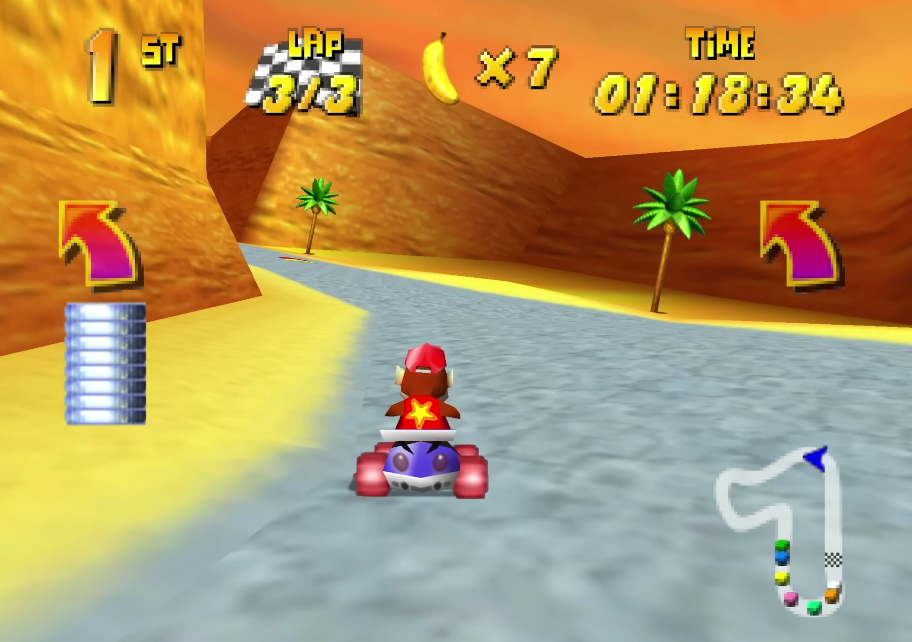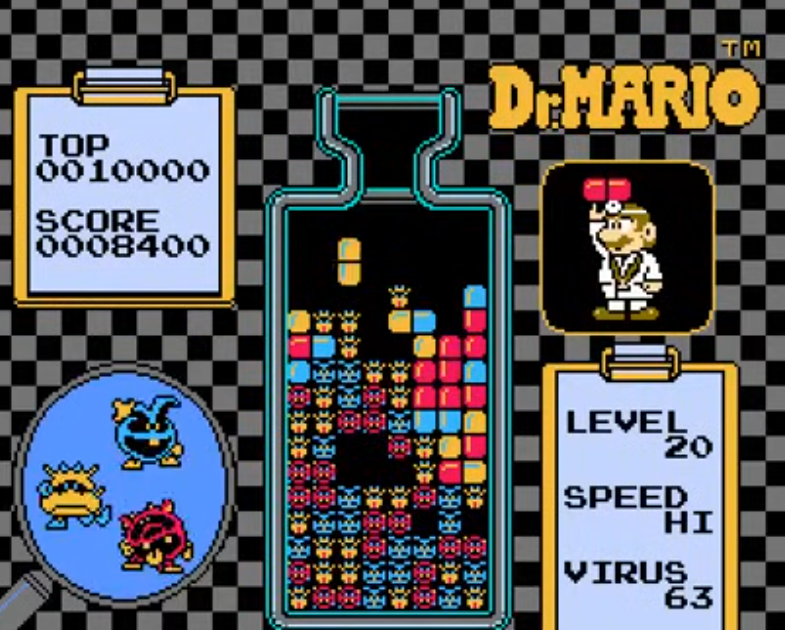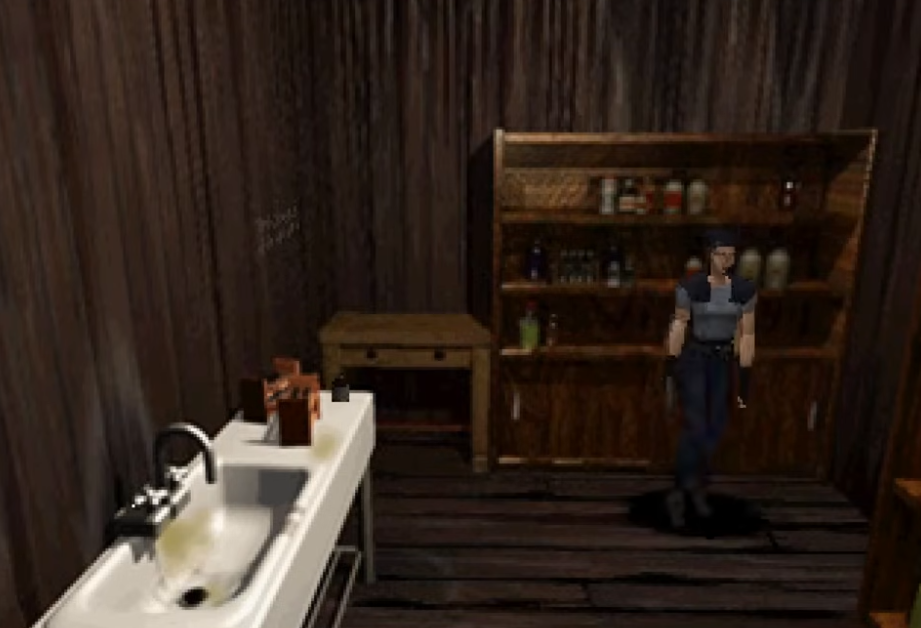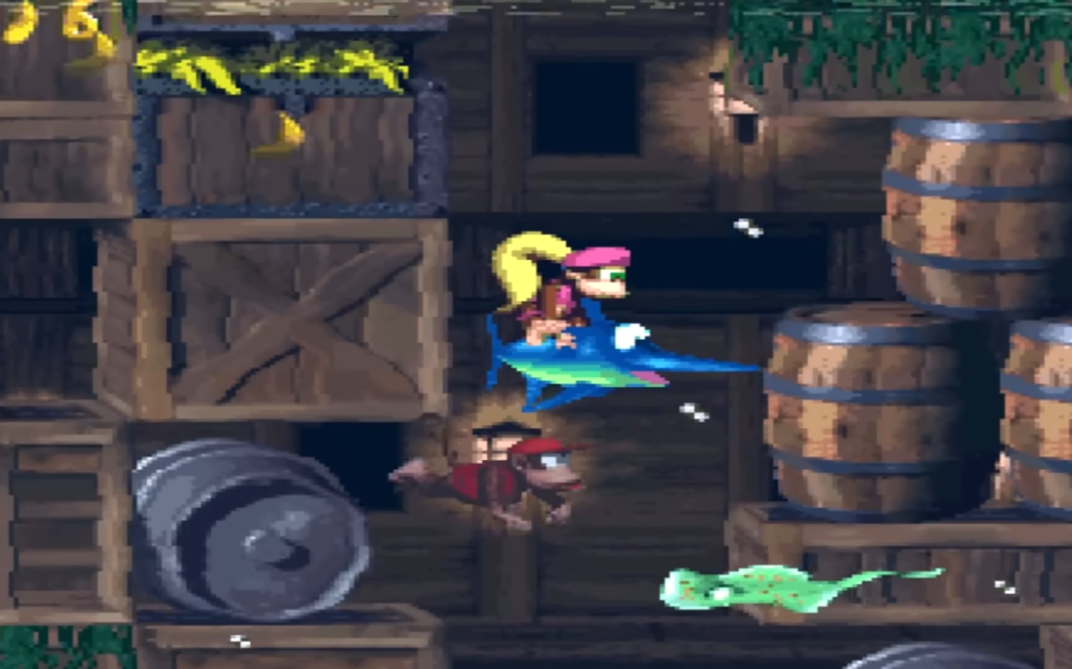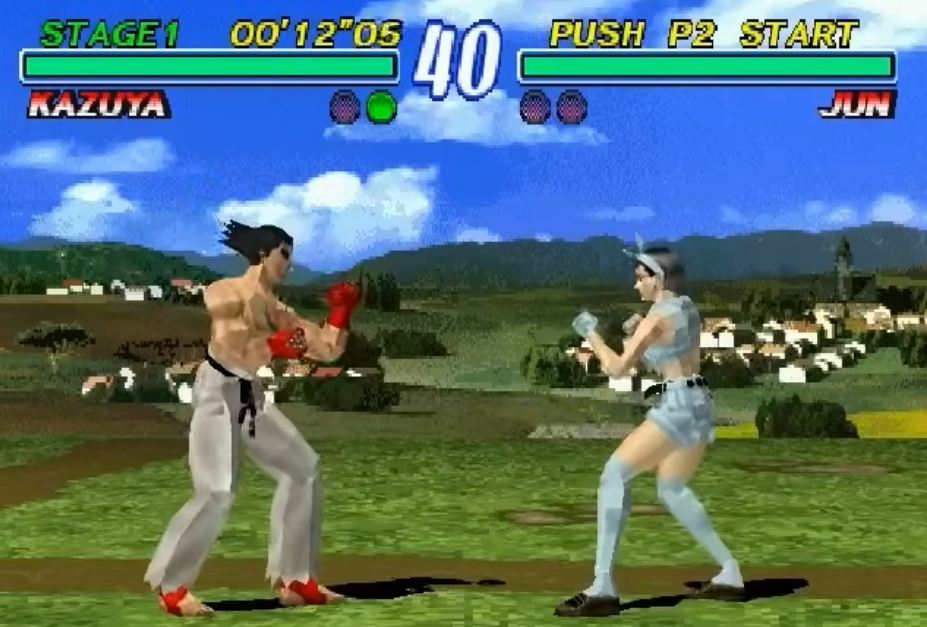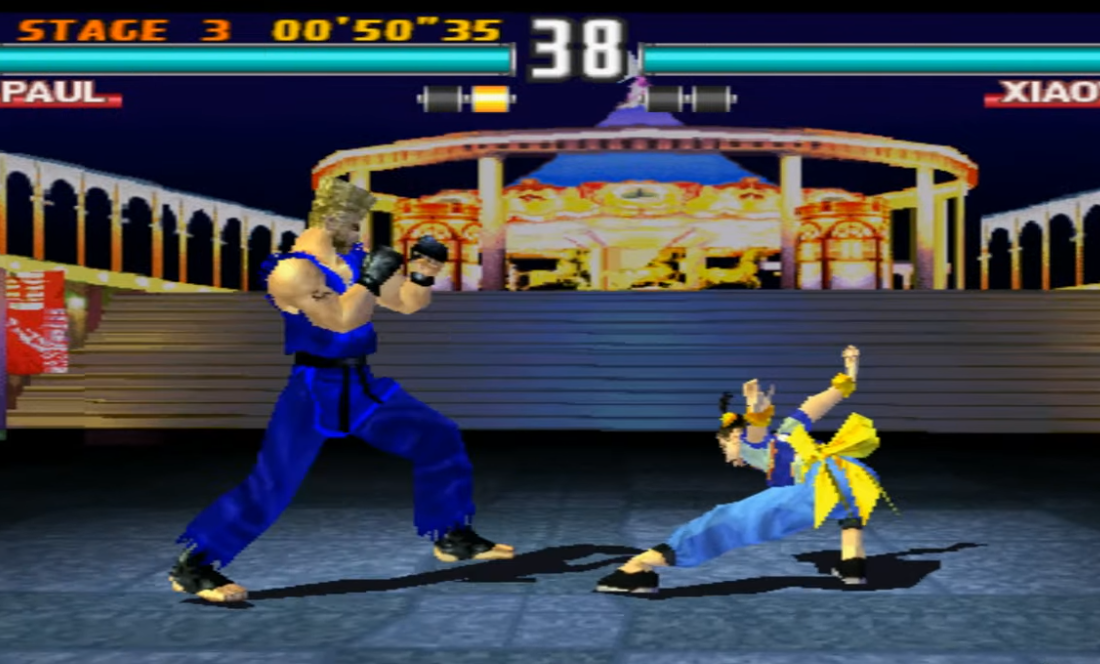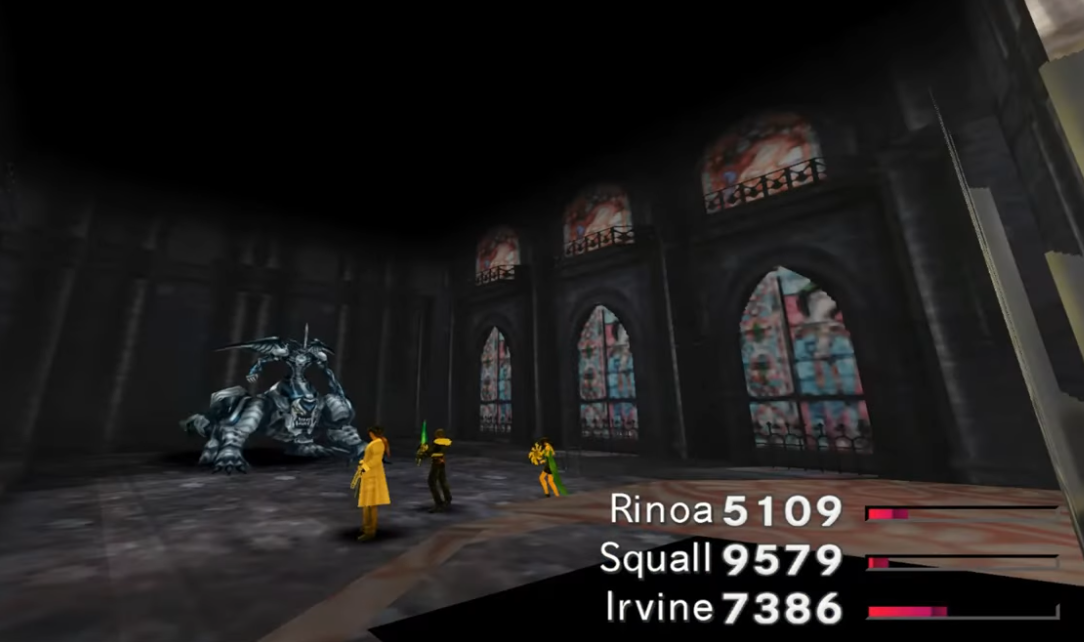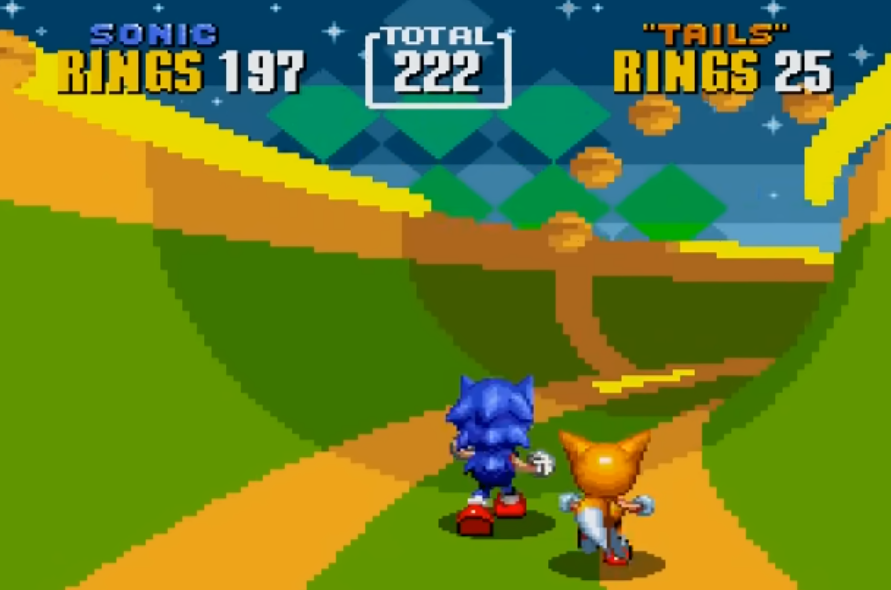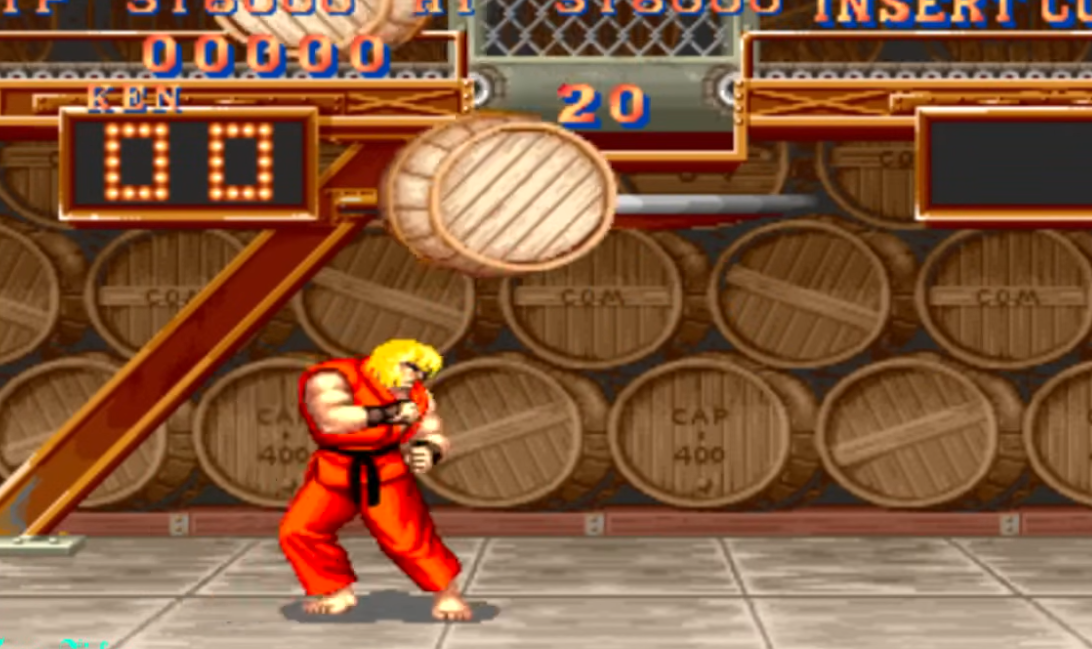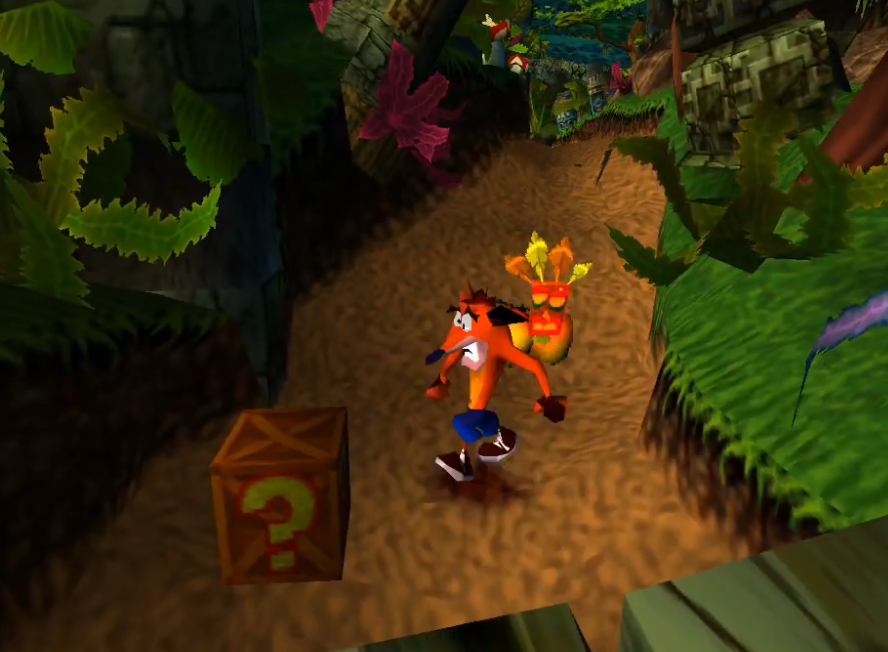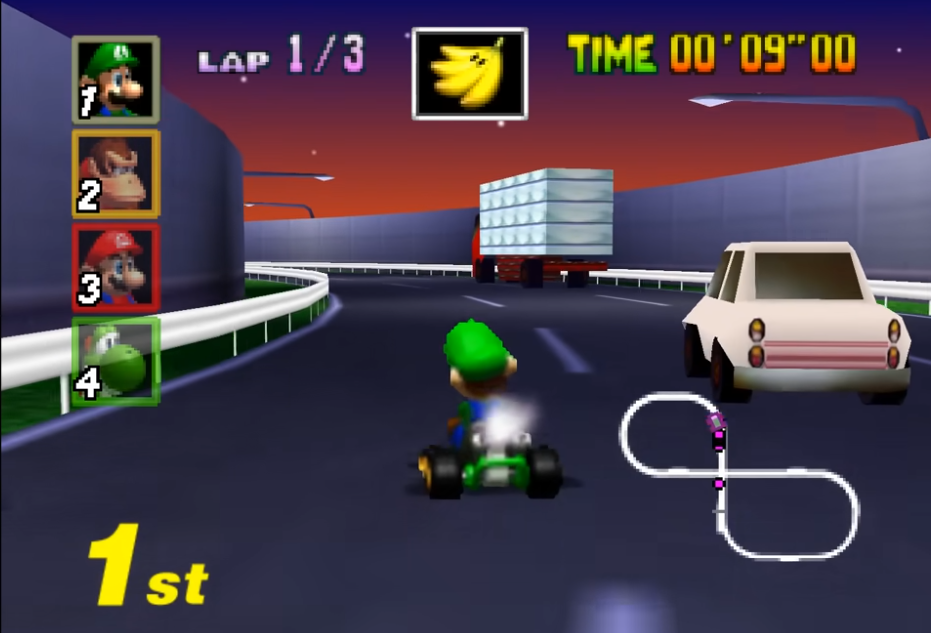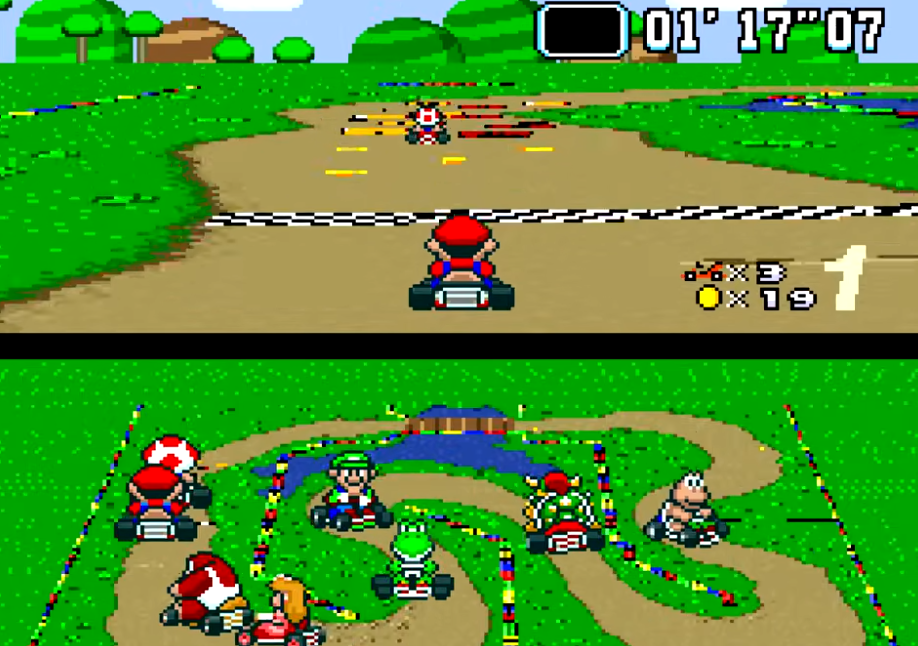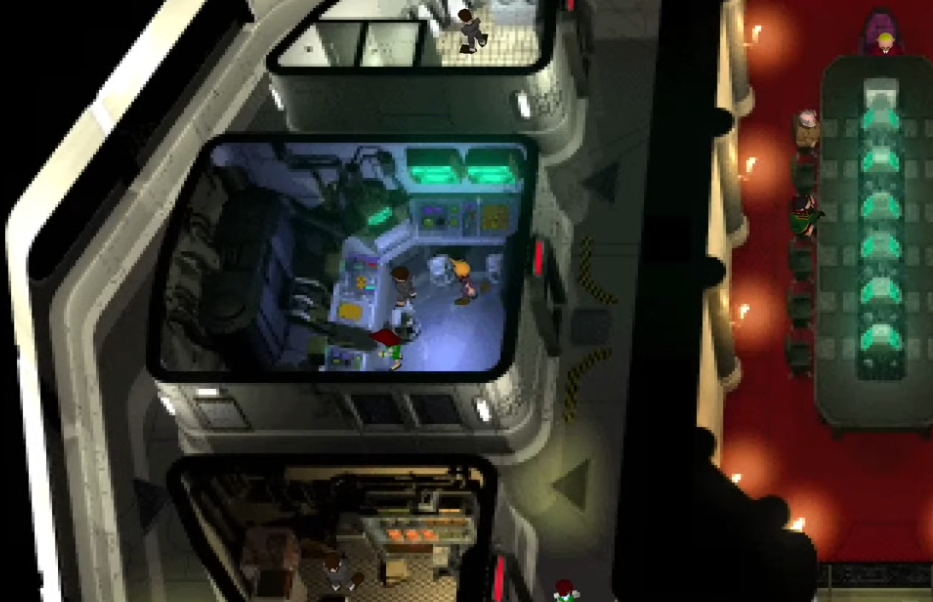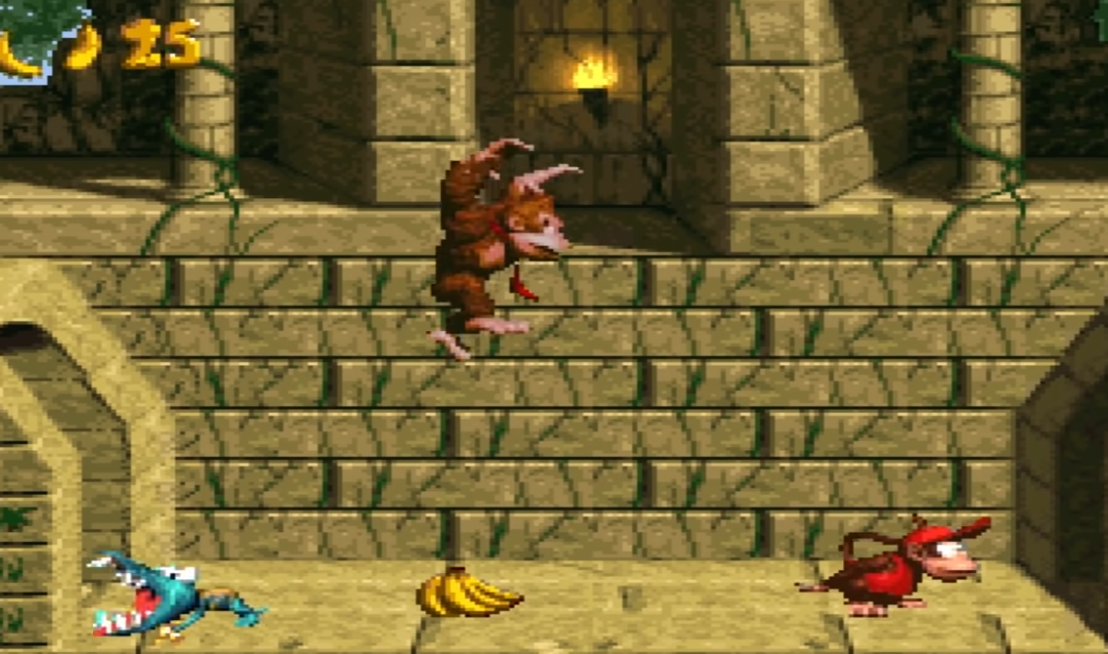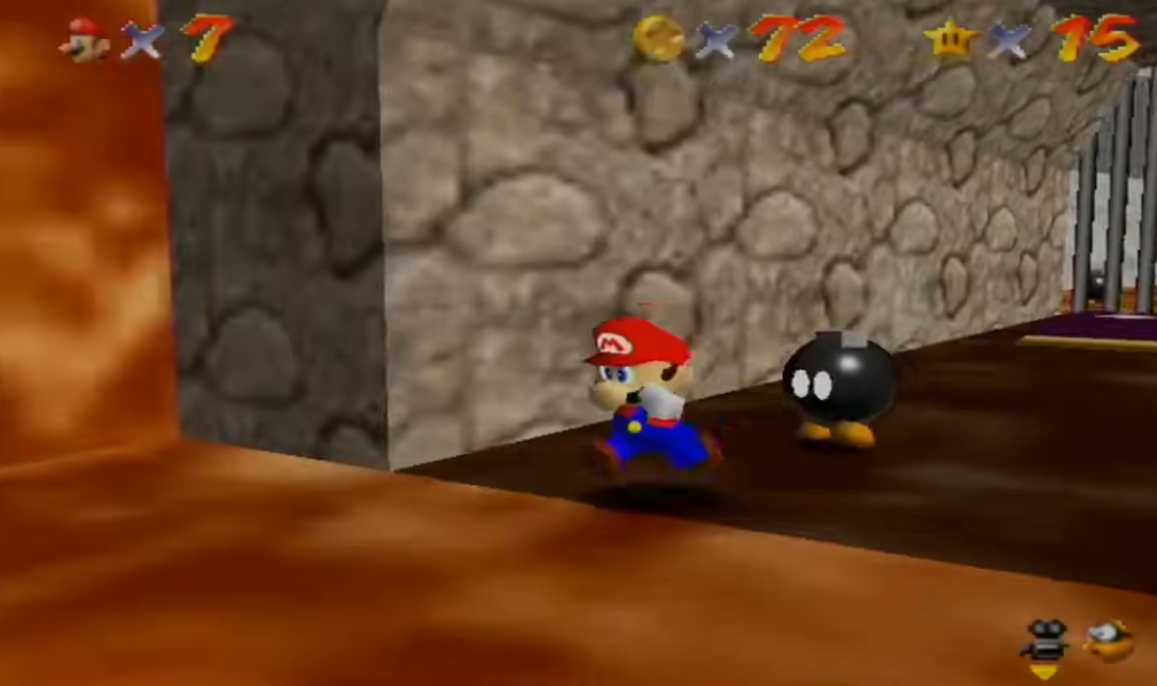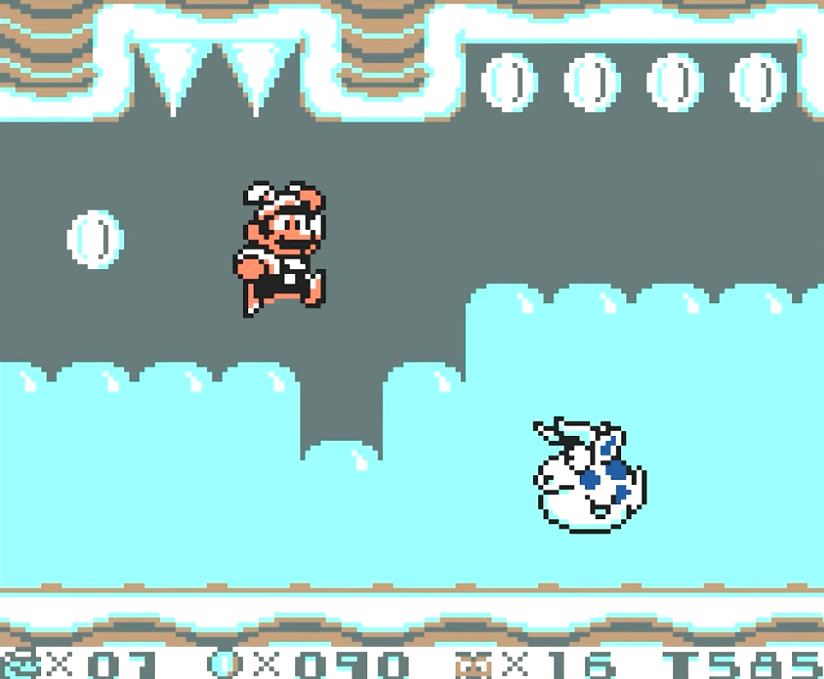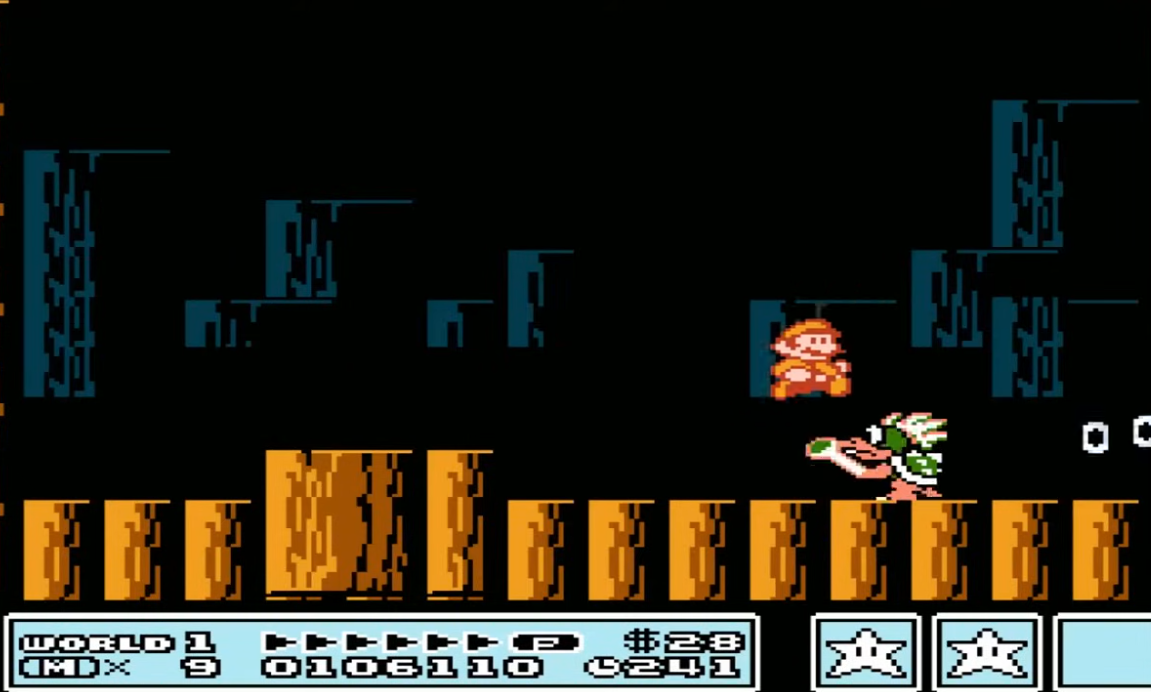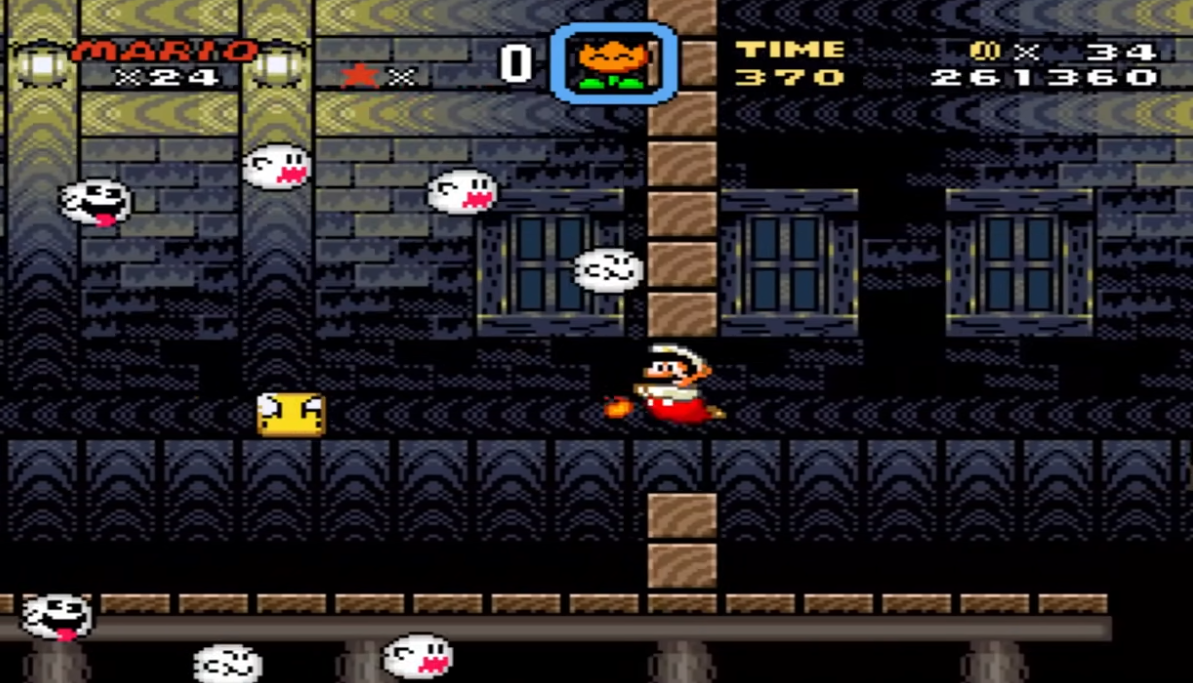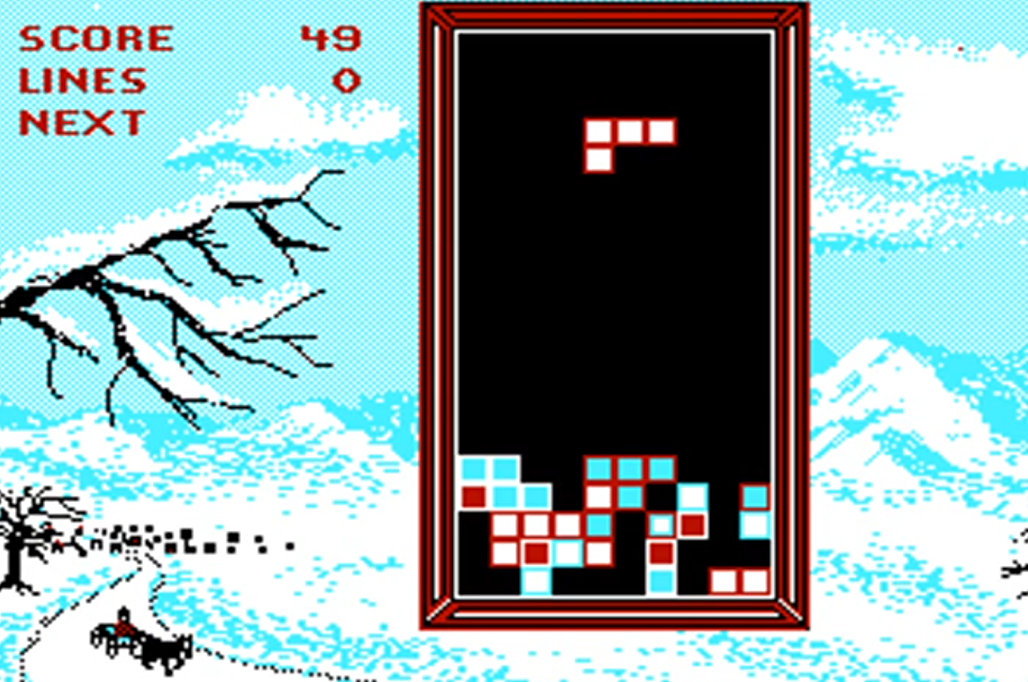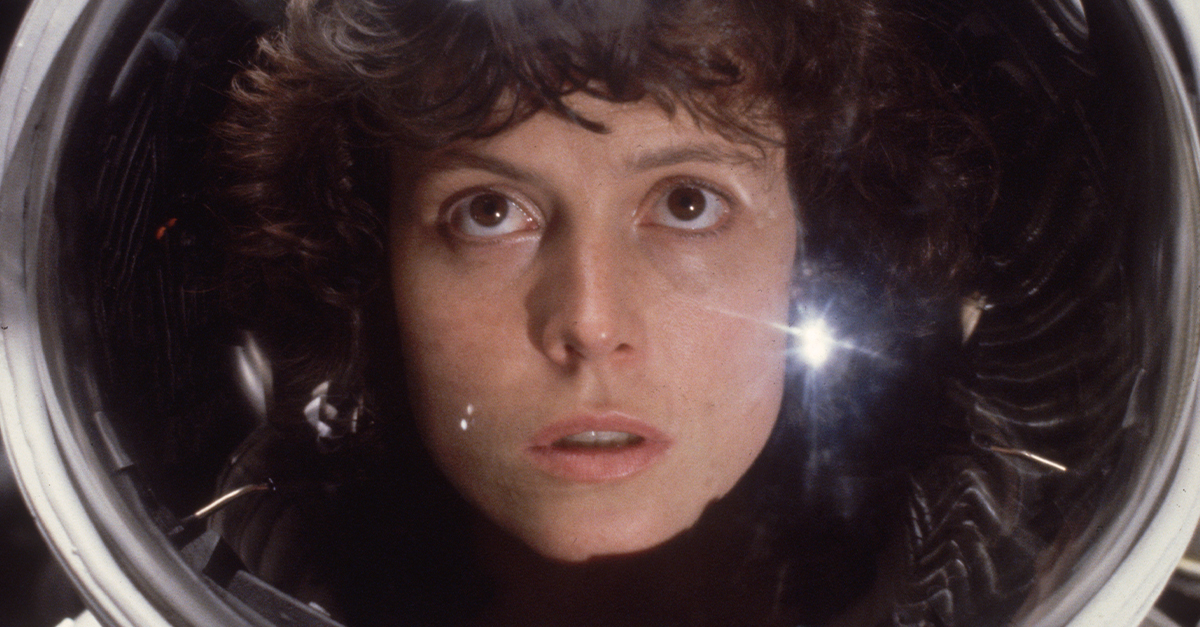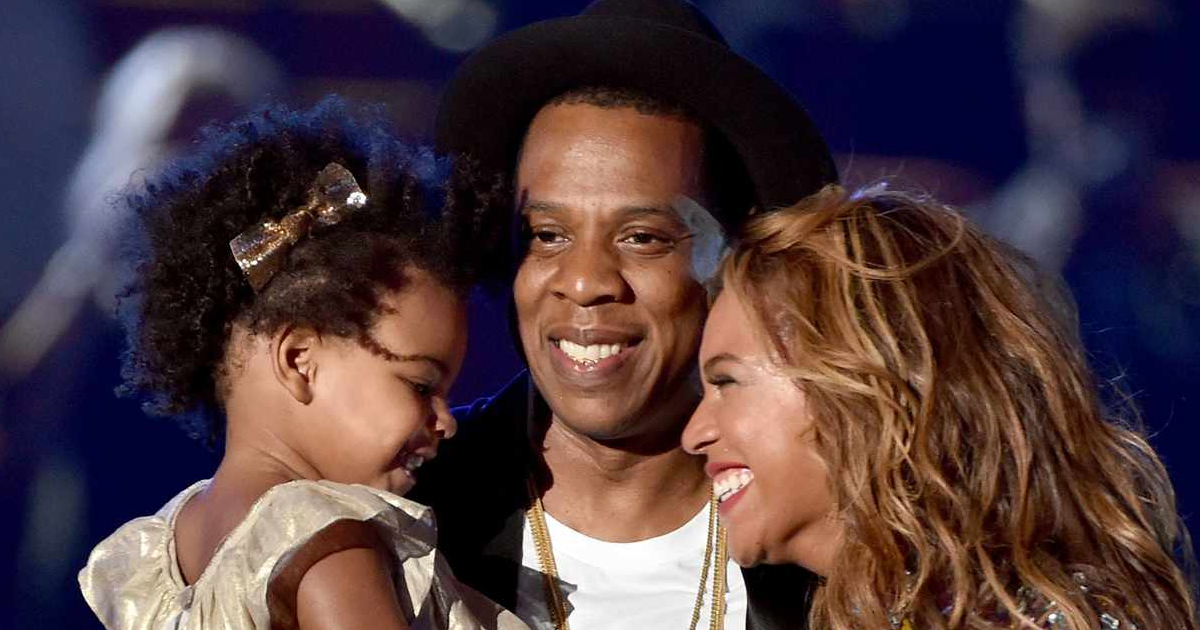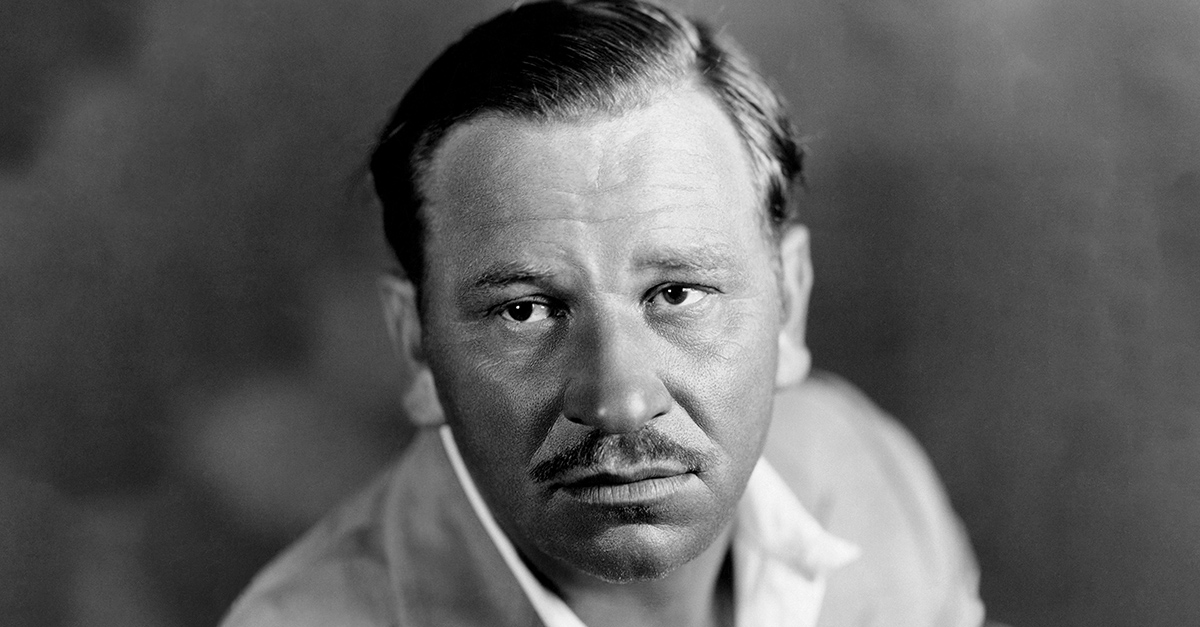The Best-Selling Video Games Of The 1990s
The 1990s were when video games came into their own. It was the first time full-fledged 3D graphics were a thing, and saw the rise of the PlayStation 1, Nintendo 64, Super Nintendo, and the Sega Genesis. It was also a time of Super Mario Bros., Tetris, Pokémon, and many others. It's fair to say that Nintendo ruled the world in the 1990s in terms of sales figures—PlayStation was new and people had been playing Nintendo for decades.
Still, if you were a gamer in the 1990s, you'll remember some of these best-sellers. Games are ranked in ascending order—saving the best till last.

Resident Evil 2
First developed by Capcom in 1998, Resident Evil 2 was a sequel to Resident Evil that was released in 1996 by the same company, developed for the PlayStation. It was hugely successful in its own right, leading to its sequel, which sold an admirable 4.15 million copies.
Pokémon Yellow
Released in Japan in 1998 as a special edition of Pokémon, known as the Pikachu Special Edition, Pokémon Yellow was released for the Game Boy following the highly successful Pokémon Red and Pokémon Blue. Pikachu's appearance on the cover definitely helped as sales soared to a massive 4.2 million copies worldwide.
Sonic: The Hedgehog
Released in June of 1991, Sonic: The Hedgehog was the first of the Sonic game series on the Sega Genesis. Our blue furry friend took to the screen to fight against Dr Robotnik and free the animals from his captivity. The hugely successful franchise began here—selling 4.34 million copies worldwide and kickstarting a legacy.
Tomb Raider 2
Developed by Eidos Interactive, a British game development company, Tomb Raider 2 built on the success of Tomb Raider, launching in October of 1997 with fans eager to get their hands on the next installment of Lara Croft's adventures. The game sold 4.35 million copies worldwide, narrowly underselling its predecessor.
Tomb Raider
Tomb Raider was the original Tomb Raider video game that launched the franchise in November of 1996, released on the PlayStation. It followed the adventures of Lara Croft, an archaeologist-adventurer hired to locate a missing priceless artifact: the Scion of Atlantis. The game was a huge success for Eidos Interactive, selling 4.45 million copies worldwide.
Diddy Kong Racing
Another success story for the creators of Donkey Kong came in the form of Diddy Kong Racing, which put a new spin on the classic—racing! Players could play one of a number of playable characters and race against each other on five worlds and four different racetracks. Developed for the Nintendo 64 and released in November of 1997, Diddy Kong Racing sold 4.5 million copies.
Gran Turismo 2
Released at the tail end of the 1990s, Gran Turismo 2 was a 1999 racing game that drew on the success of its predecessor, Gran Turismo. Developed by Polyphony Digital and published by Sony for the PlayStation, racing game enthusiasts flocked yet again to another Gran Turismo title, as GT2 sold 4.5 million copies worldwide.
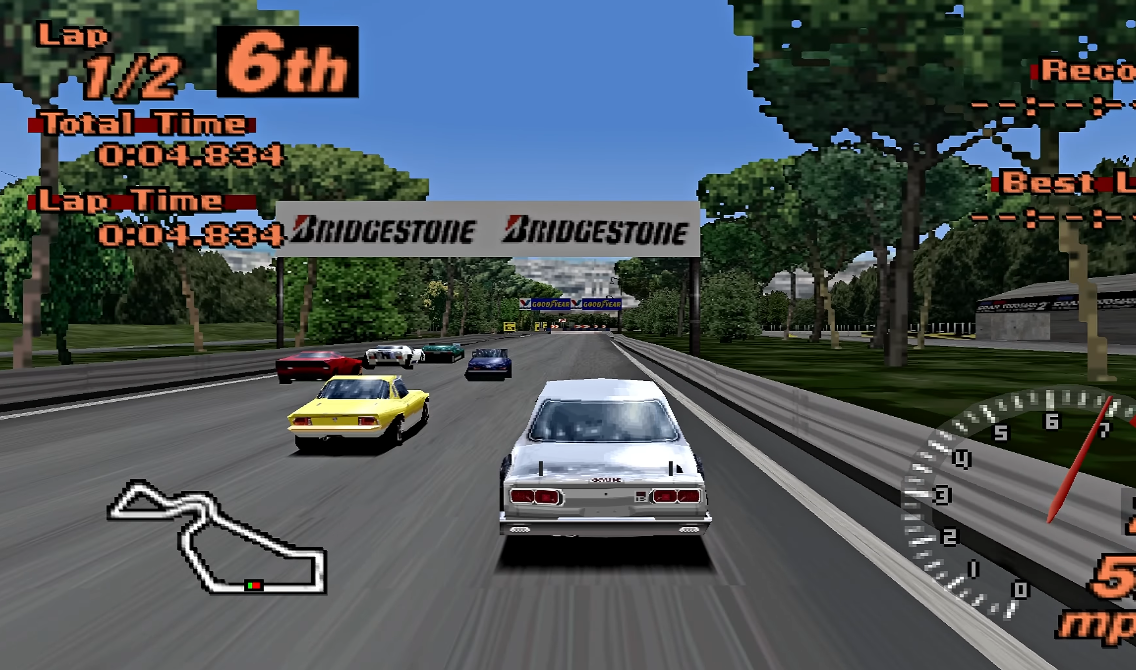 Polyphony Digital, Gran Turismo 2
Polyphony Digital, Gran Turismo 2
Legend Of Zelda: A Link To The Past
A Link To The Past was the third game in The Legend of Zelda franchise that first launched in 1986. The third sequel to the original was released in 1992 in North America and Europe, having come out a year earlier in Japan. Just like its predecessors, people loved it. It sold 4.61 million copies on the Super Nintendo.
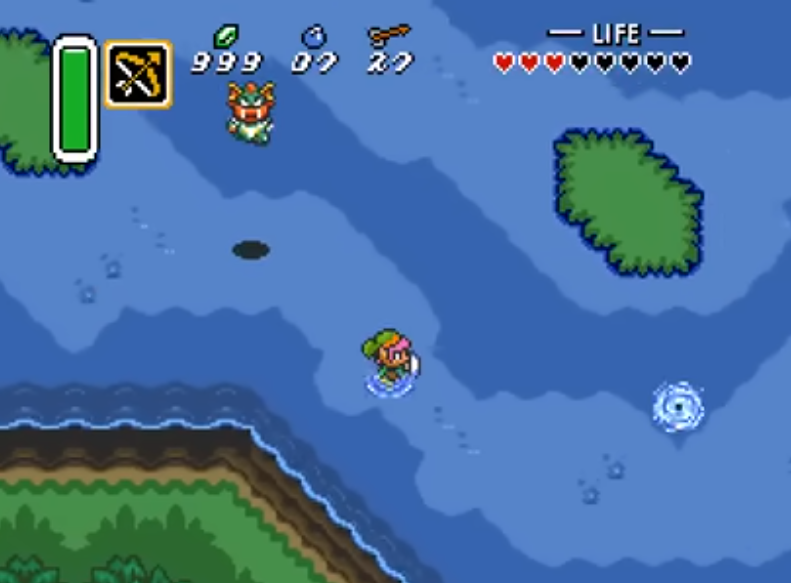 Nintendo, Legend Of Zelda: A Link To The Past
Nintendo, Legend Of Zelda: A Link To The Past
Spyro The Dragon
When Spyro The Dragon was released in 1998, gamers were treated to something a little different. The animated dragon had some character and pizzazz to him, and the large open-world concept of the game made it interesting and somewhat timeless. It has since spawned a successful franchise, but the original game sold 4.65 million copies worldwide.
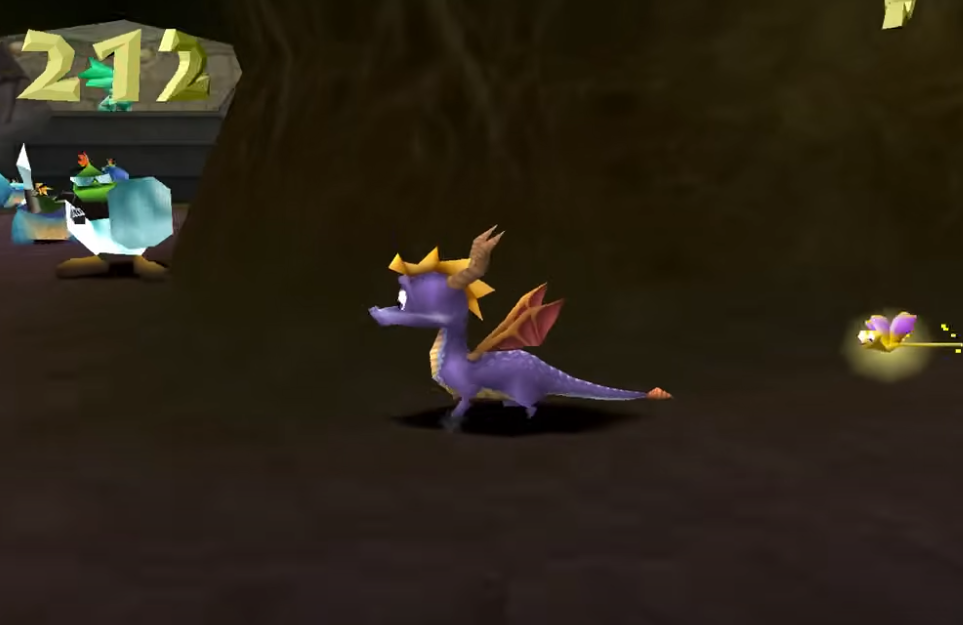 Insomniac Games, Spyro The Dragon
Insomniac Games, Spyro The Dragon
Dr. Mario
Developed and published by Nintendo in 1990, Dr. Mario was a new take on the already very successful Super Mario character and subsequent video game series. Dr. Mario was released in September of 1990 and sold 4.85 million copies worldwide.
Resident Evil
The aforementioned Resident Evil was developed by Capcom for the PlayStation and was released in March of 1996. It's frequently touted as one of the greatest zombie-fighting games of all time and is responsible for the creation of the Resident Evil franchise, which now has multiple games, movies, and TV series. The original run of Resident Evil video games on the PS1 sold 5.05 million copies worldwide.
Pokémon Gold/Silver
Pokémon Gold and Silver were developed by Game Freak and published by Nintendo in 1999, releasing in North America in the new millennia and in Europe in 2001. Despite being released deep into the 1990s, it still managed to round out the year with 5.09 million copies sold.
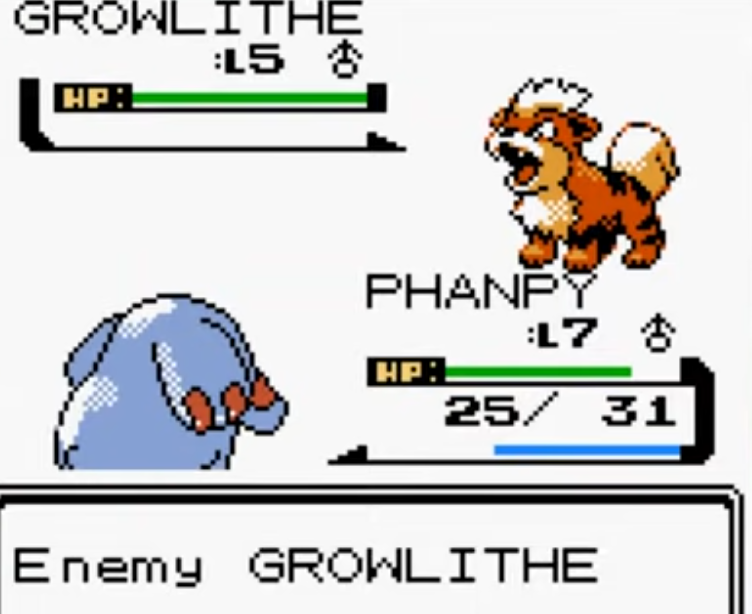 Game Freak, Pokémon Gold and Silver
Game Freak, Pokémon Gold and Silver
Kirby's Dream Land
First released in August of 1992 in North America and Europe, Kirby's Dream Land follows the adventures of a little boy named Kirby as he fights to win back the food and Sparkling Stars of Dream Land for his people, facing off against a gluttonous King Dedede. It sold 5.13 million copies worldwide and featured a sequel and several spin-offs.
 HAL Laboratory, Kirby's Dream Land
HAL Laboratory, Kirby's Dream Land
Donkey Kong Country 2
Donkey Kong Country 2 is a sequel to one of the most successful video games in all of history: Donkey Kong Country. The sequel was released in November of 1995 on the Super Nintendo. Developed by Rare Games and published by Nintendo, the sequel sold 5.15 million copies worldwide.
Wario Land: Super Mario Land 3
Wario Land: Super Mario Land 3 features the main antagonist to Mario, Wario, as he attempts to steal and sell a valuable statue from a castle, in order to fund his own castle, out of jealousy of Mario's success. The platform game was released on the Game Boy in 1994 and sold 5.34 million copies worldwide.
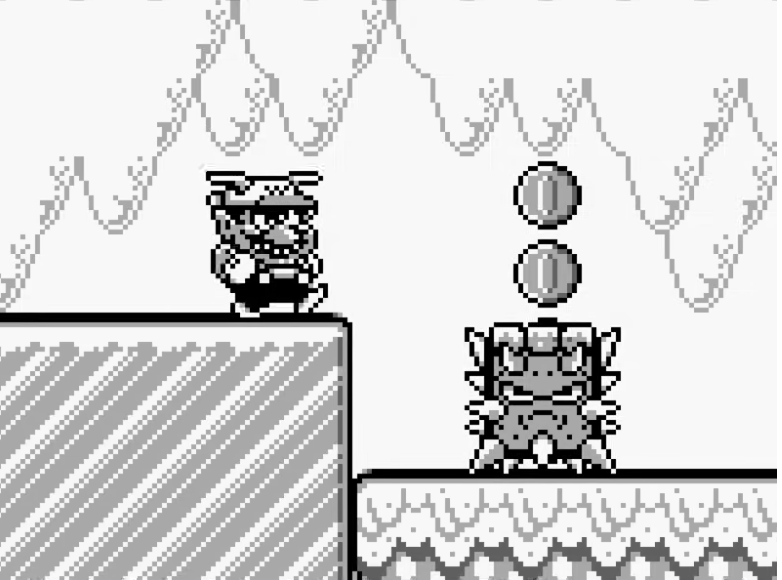 Nintendo, Wario Land: Super Mario Land 3
Nintendo, Wario Land: Super Mario Land 3
Tekken 2
Tekken 2 was released in 1995, first for arcades and then in 1996 for the PlayStation. It built on the success of their 1994 title, Tekken, wherein players take control of 17 playable fighting characters in a 2-D duel-like screen setup. Namco sold 5.45 million copies worldwide, without changing a whole lot from the hyper-successful Tekken.
Crash Bandicoot 3
The third game in the Crash Bandicoot series was released by Sony in October of 1998, following the highly successful sequel, Crash Bandicoot 2, and the original Crash Bandicoot. The third game in the series saw players play the role of a bandicoot named Crash, fighting against Uka Uka to collect crystals and prevent them from enslaving the earth. Crash Bandicoot 3 sold 5.51 million copies worldwide on the PlayStation 1.
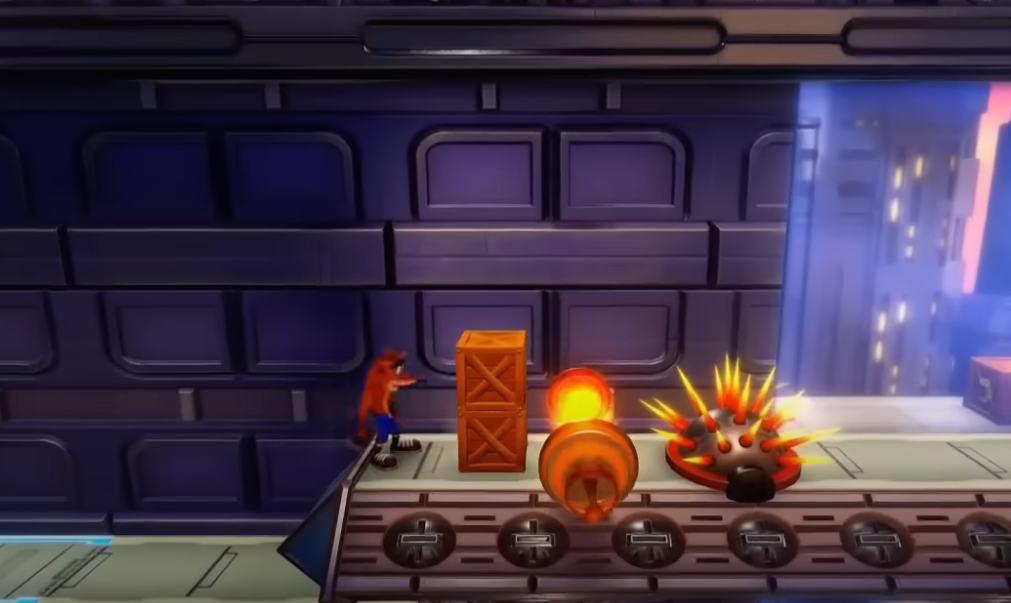 Naughty Dog, Crash Bandicoot: Warped
Naughty Dog, Crash Bandicoot: Warped
Tekken 3
The third installment of the Tekken series would hit the shelves in March of 1998, being released by Namco in arcades in 1997, before being ported over to the PlayStation in 1998. Building on the success of Tekken 2, the now firmly-established franchise would sell 5.7 million copies worldwide of Tekken 3.
Final Fantasy VIII
Developed for the PlayStation console by the now-defunct Japanese game developer Square, Final Fantasy VIII saw players pick up the storyline of the Final Fantasy franchise (now in its eighth installment), selling 6 million copies worldwide.
Sonic The Hedgehog 2
Sonic The Hedgehog 2 was the sequel to one of the most successful video games of all time, Sonic The Hedgehog. Players reprised the role of the titular character for the sequel and a familiar set of challenges lay ahead: collect rings, defeat bosses, win races. Sonic The Hedgehog 2 sold 6.03 million copies worldwide, following its release on the Sega Genesis in November of 1992.
Street Fighter II
This is the sequel to the hyper-successful Street Fighter developed by Capcom, which was their first competitive fighting game ever developed. Widely viewed as one of the most successful video games of all time and one of the best-sellers of the 1980s, its sequel had big shoes to fill. It did—building on the success of Street Fighter, the sequel sold 6.3 million copies following its release on the Super Nintendo console.
Goldeneye: 007
Developed by Rare for the Nintendo 64, Goldeneye: 007 was the start of the Nintendo era of James Bond video games. It was also one of the first games to popularize the famous character in the video game world. Released in August of 1997 in North America, Goldeneye: 007 sold 6.75 million copies worldwide.
Crash Bandicoot
Crash Bandicoot was developed by Naughty Dog and released for the PlayStation 1 in September of 1996. The game follows a bandicoot just trying to live his best life, which constantly gets interrupted by main antagonist Doctor Neo Cortex, who needs to get Crash out of the way to secure his world domination plans.
The game sparked the Crash Bandicoot franchise and sold 6.8 million copies worldwide, despite being released late in the decade.
Crash Bandicoot 2
Following the enormous success of the above-mentioned Crash Bandicoot, Naughty Dog released Crash Bandicoot 2, exploring mostly the same premise as the first one. Released on the PlayStation in October of 1997, Crash Bandicoot 2 sold 7 million copies worldwide.
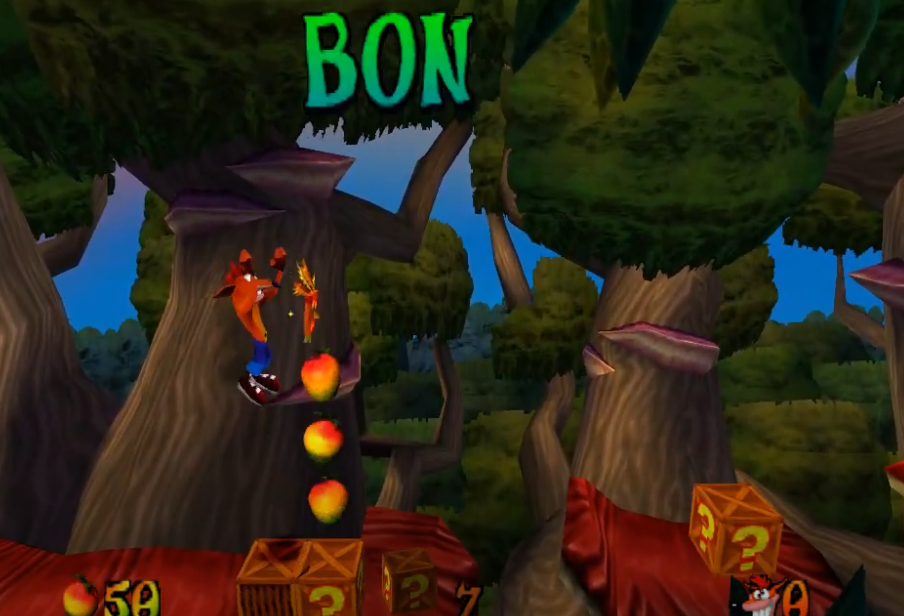 Naughty Dog, Crash Bandicoot 2
Naughty Dog, Crash Bandicoot 2
Metal Gear Solid
The original Metal Gear Solid was developed by Konami and published by Sony in September of 1998. This game is generally regarded as one of the most important and greatest video games of all time. You take charge of Solid Snake, a special forces soldier on a mission to infiltrate a nuclear weapons facility and neutralize FOXHOUND, a renegade band of soldiers intent on global destruction. The game sold 7 million copies worldwide.
The Legend Of Zelda: The Ocarina Of Time
One of the most legendary video games of all time, The Legend of Zelda: The Ocarina of Time was released on the Nintendo 64 in November of 1998 as the fifth video game in The Legend of Zelda franchise. The Ocarina of Time sees the player playing an ocarina (on-screen using buttons) to advance. The Ocarina of Time sold 7.1 million copies worldwide.
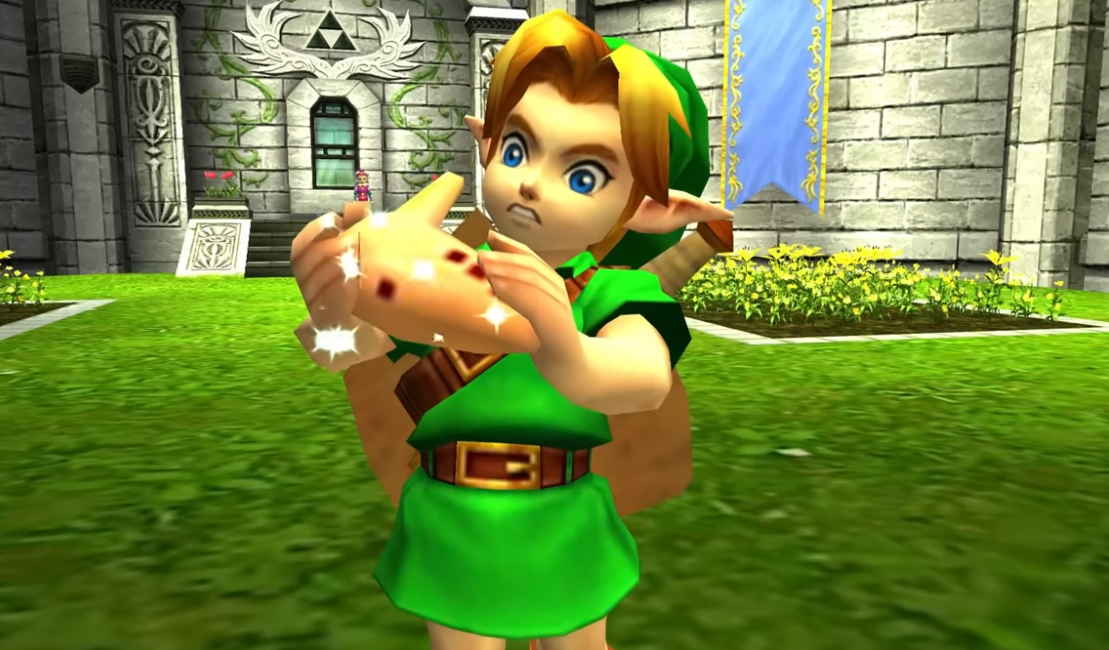 Nintendo, The Legend Of Zelda: The Ocarina Of Time
Nintendo, The Legend Of Zelda: The Ocarina Of Time
Mario Kart 64
Bringing Mario Kart to the Super Nintendo first happened in 1992 with Super Mario Kart. Nintendo developed this sequel for the Nintendo 64 console, releasing Mario Kart 64 in December of 1996, much to the raucous applause and frequent purchases of Mario Kart fans the world over. It sold 8.5 million copies worldwide.
Gran Turismo
Released in December of 1997, Gran Turismo became a highly-popular racing game, featuring the hot commodity Nissan Skyline GT-R on the cover of its PlayStation release. It sold 8.6 million copies worldwide and helped launch the Gran Turismo franchise.
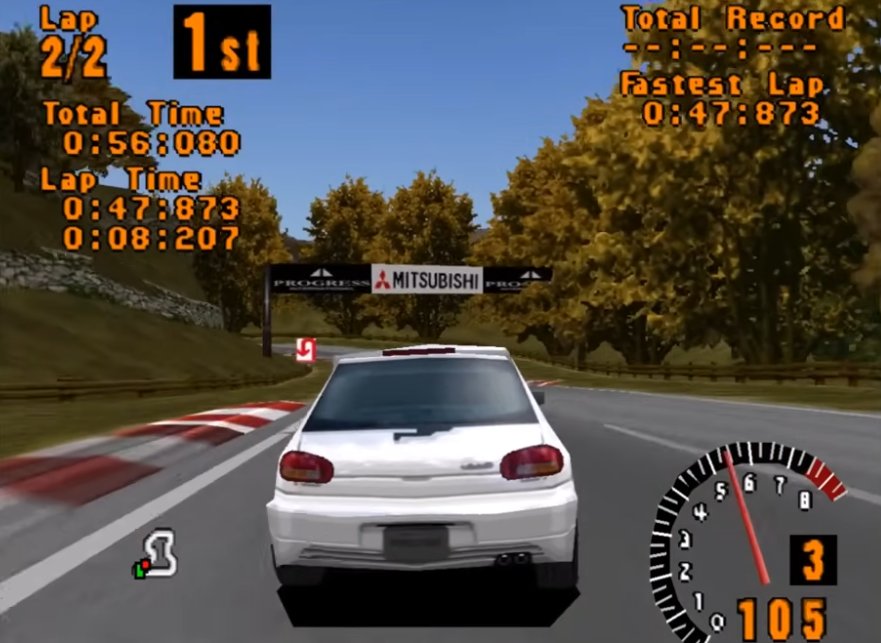 Polyphony Digital, Gran Turismo
Polyphony Digital, Gran Turismo
Super Mario Kart
The predecessor to Mario Kart 64, Super Mario Kart was one of the first majorly successful racing games of the early 1990s, first developed and released by Nintendo for the Super Nintendo in North America in 1992. The game sold 8.76 million copies worldwide.
Final Fantasy VII
The seventh installment in the Final Fantasy franchise was developed by Square and released for the PlayStation 1 in January of 1997. Building on the success of Final Fantasy VI, the game was another huge hit among FF fans, selling 9.25 million copies worldwide.
Donkey Kong Country
Donkey Kong Country was released as a reboot of the Donkey Kong franchise by Nintendo in November 1994, exclusively for the Super Nintendo console. Donkey Kong Country sees the player traversing 40 side-scrolling levels as they attempt to regain control over Donkey Kong's banana hoard from the crocodile, King K. A huge success, Donkey Kong Country sold 9.3 million copies worldwide.
Super Mario All-Stars
Building on the success of the Super Mario games, Super Mario All-Stars was released in 1993 as a compilation of the first four Super Mario games. Super Mario fans flocked to stores to purchase All Stars, as it sold 10.55 million copies worldwide.
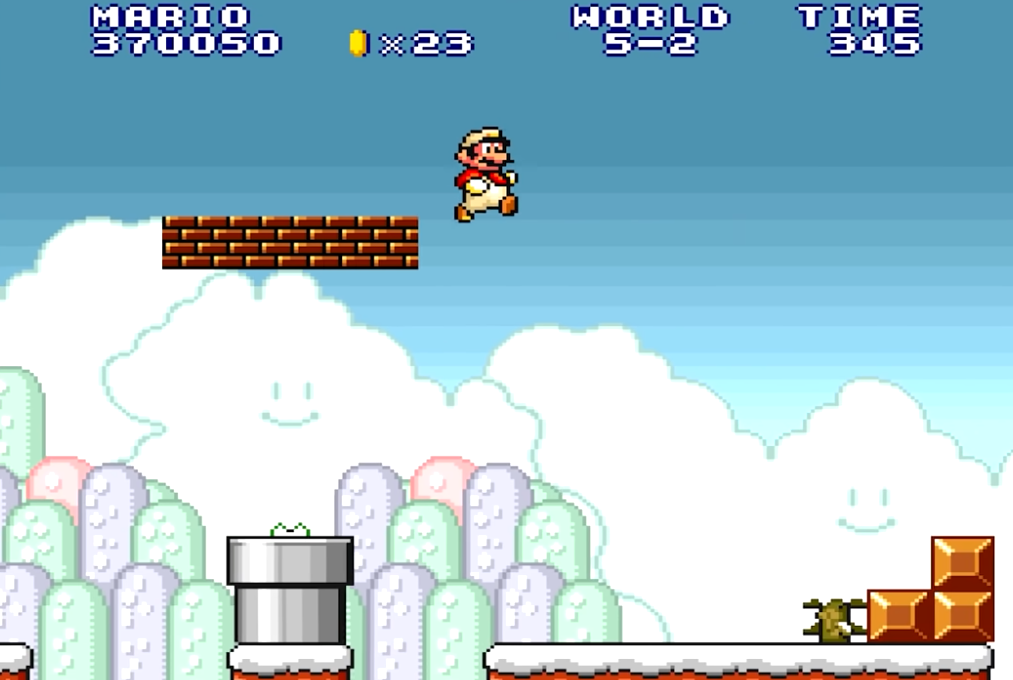 Nintendo, Super Mario All-Stars
Nintendo, Super Mario All-Stars
Super Mario 64
Super Mario was the release of the legendary game on the Nintendo 64 series. It was the first Super Mario game to feature 3D gameplay—a huge hit among Super Mario fans, selling 10.70 million copies worldwide.
Super Mario Land 2
Released in October of 1992, Super Mario Land 2 is a sequel to Super Mario Land. Both titles were released on the Game Boy console and developed by Nintendo. Building on the huge success of Super Mario Land, the sequel sold 11.18 million copies worldwide.
Super Mario Land
Super Mario Land was released alongside the Game Boy as its launch title, and is set in a new location while players play Mario jumping across the screen from right to left to avoid pitfalls and enemies. Super Mario Land sold 14 million copies worldwide.
Super Mario Bros. 3
The third installment of the Super Mario Bros. was released in 1990 and 1991 in North America and Australia, despite being originally released in Japan in 1988. Super Mario Bros. 3 was the fourth best-selling video game of the 1990s, selling an astonishing 15 million copies worldwide.
Super Mario World
Released by Nintendo for the Super Nintendo console, Super Mario World sees the player take control of the main protagonist, Mario, and attempt to save Princess Peach from the main antagonist, Bowser. The game also introduced Yoshi as a rideable dinosaur. The hugely successful game sold 20.6 million copies worldwide following its release in November of 1990.
Pokémon Red/Green/Blue
Released in February of 1996, Pokémon Red/Green/Blue was developed by Nintendo for the Game Boy and were the first installments of the Pokémon game series. It sold an incredible 23.5 million copies worldwide—and is the second-best selling game of the 1990s, bested only by...
Tetris
That's right. This classic that we're still playing today was first released in June of 1989 in Japan and North America. The Game Boy version of the game was released by Nintendo and sold an incredible 26.5 million copies worldwide.
The Grand Theft Auto Controversy
Very few video games in the 1990s created as much controversy—at least in North America—as Grand Theft Auto. Even prior to its release in 1997, the game was the subject of much discussions about banning the game outright. This was mostly due to its graphic, violent content and free-to-play characters that exploited dark themes. Of course, GTA's publicist, Max Clifford, utilized the controversy to great effect, selling 5 million copies between its release in 1997 and 2000.


